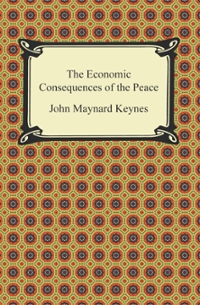Question
Task 1: Signing Trade Agreements through Zero Sum Modelling India and China are the two largest economies in the world. However, multi-dimensional disputes put the
Task 1: Signing Trade Agreements through Zero Sum Modelling
India and China are the two largest economies in the world. However, multi-dimensional
disputes put the India and China onto the brink of trade war for some selected sector. To
solve this difficult conundrum, each side seeks to profoundly change the adversary's strategic
calculus at little cost and with little risk. Refer to below short case study and respond to listed
questions using the core concept of Game theory to determine and analyses the expected
outcome.
Suppose Indian Exporters are considering entering the Chinese market which is dominated
by its principal rival, say Chinese local Producers. Clearly, Indian decision to enter or not will
be judged on the potential profitability of such a move. If Chinese Government reacts
aggressively by increasing the existing Tariff rate, then an entry by Indian Exporters will result
to a loss of $ 4 billion for Indian's exporters and a loss of $3 billion for Chinese Producers.
Or if India Government applies the same tariff policy for Chinese exporter, pay off will be the
same as mentioned above.
On the other hand, Chinese Government accommodates (Low Tariff rate) Indian's exporter's
entry, then both India and Chinese producers (with same strategy) will be making profits of $
6 billion each, respectively. Finally, if both governments follow Higher Tariff Strategies to enter
the market at all, then both will be making additional $ 1.5 billion each respectively.
Required:
a) What would you do as the Government official if you were to make a decision for Indian
Exporters or local market?
b) What would you do as the Government official if you were to make a decision for
Chinese Exporter or local market?
c) Construct and discuss the zero-sum outcome of the all possible strategies?
Task 2: Part A:
David Ricardo, in 1817, established the idea of comparative advantage by using a compelling
and simple numerical example, which can be found in his book "On the Principles of Political
Economy and Taxation". He describes the theory of comparative advantage, the theory that
Page 4 of 4
free trade between two or more countries could be mutually beneficial, even if one country
has absolute advantage over the other countries in every aspect of the production.
Required:
explain the gains from application of Comparative Advantage Theory
amongst countries. Also, explain does the doctrine of comparative advantage apply to real
world? Or, is it so oversimplified that it fails to explain international trade in the real world?
Lastly, Economist Russell Roberts once wrote, "Self-sufficiency is the road to poverty."
Discuss how the principle of specialization and trade based on comparative advantage
supports this claim.
Part B:
Germany and UK are two countries producing peanuts and mirrors. Both of them have
40 hours of labor. The following table shows the number of hours of labor needed to
produce one pound of peanuts or one mirror.
Labor hours needed to produce one
pound of Chocolates Peanuts
Germany 25 22
UK 11 9
Required:
a. Which country has comparative advantage in which sector?
b. Is there any chance of specialization for any of these countries? If yes, discuss.
c. Discuss the baseline for making economic decisions using comparative Advantage
Theory.
Step by Step Solution
There are 3 Steps involved in it
Step: 1

Get Instant Access to Expert-Tailored Solutions
See step-by-step solutions with expert insights and AI powered tools for academic success
Step: 2

Step: 3

Ace Your Homework with AI
Get the answers you need in no time with our AI-driven, step-by-step assistance
Get Started


